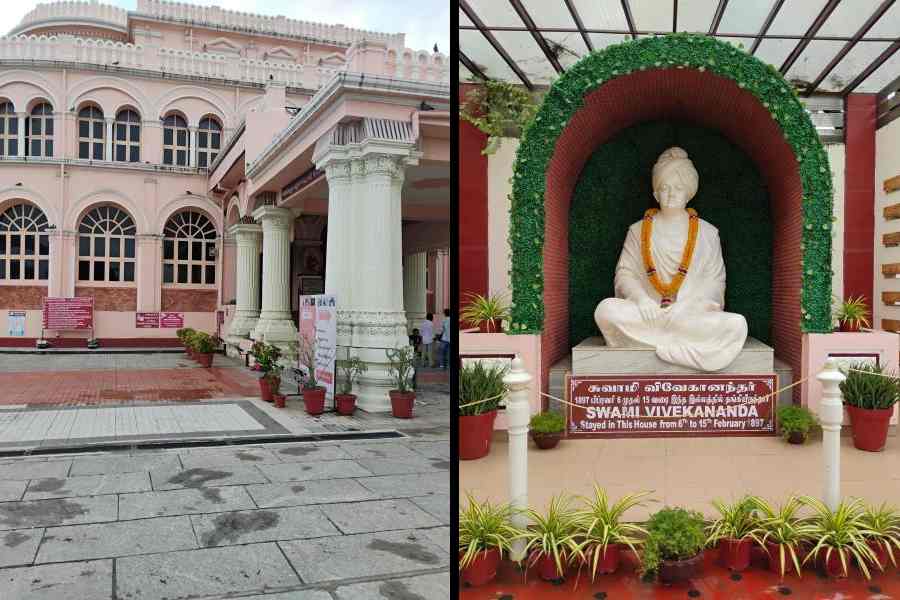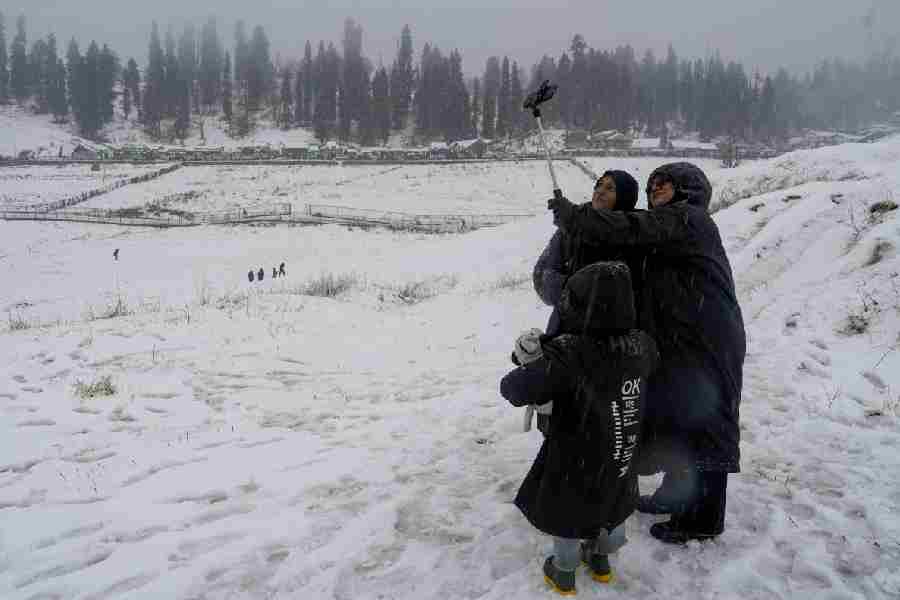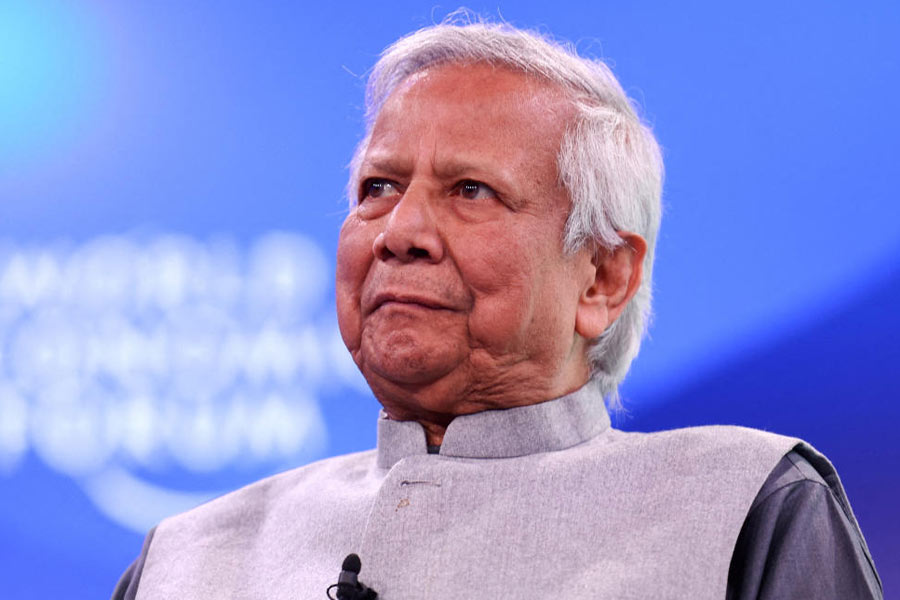 |
| Brighter days ahead |
Calcutta, June 8: The government wants to link sacking orders to jute mill modernisation, thereby pressurising owners to make capital expenditure on their units.
A formula is being worked out to link government sacking order to jute mills on the basis of capital expenditure incurred or planned for modernisation. It could be “no order or regulated order’’ for mills that would fail to upgrade their facilities after the modernisation-linked sacking purchase scheme is introduced.
A section in the Union textile ministry was keen on introducing the capital expenditure-linked sacking order in the ongoing kharif procurement season itself. But sources said the modernisation-linked procurement of jute sacks by government agencies to pack foodgrains would be applied for the next rabi crop.
Sacking production by jute mills account for over 80 per cent of the industry’s capacity. With the government agencies being the main buyers, the industry will have to take up modernisation seriously.
A public-private partnership initiative is afoot to develop a centre for jute machinery development in the city to ensure availability of various engineering components for upgrading the mills.
The Union heavy industry ministry held a meeting with representatives of financial institutions and banks in Mumbai on Friday. It was decided that the public and private sector textile and jute processing machinery manufacturers would work in tandem to meet the emerging needs of jute mills undergoing modernisation. The banks and financial institutions assured funds for a centre for jute machinery development.
A modernisation audit of the jute industry, conducted by the Indian Jute Research Association showed that a majority of jute mills had no capital expenditure over the years but continued to enjoy depreciation benefits on the plant and machinery in some cases as old as 100 years.
The jute commissioner has strongly recommended linking B Twill purchase by government agencies like Food Corporation of India and state-level agencies and co-operative societies in northern states to modernisation of mills.










